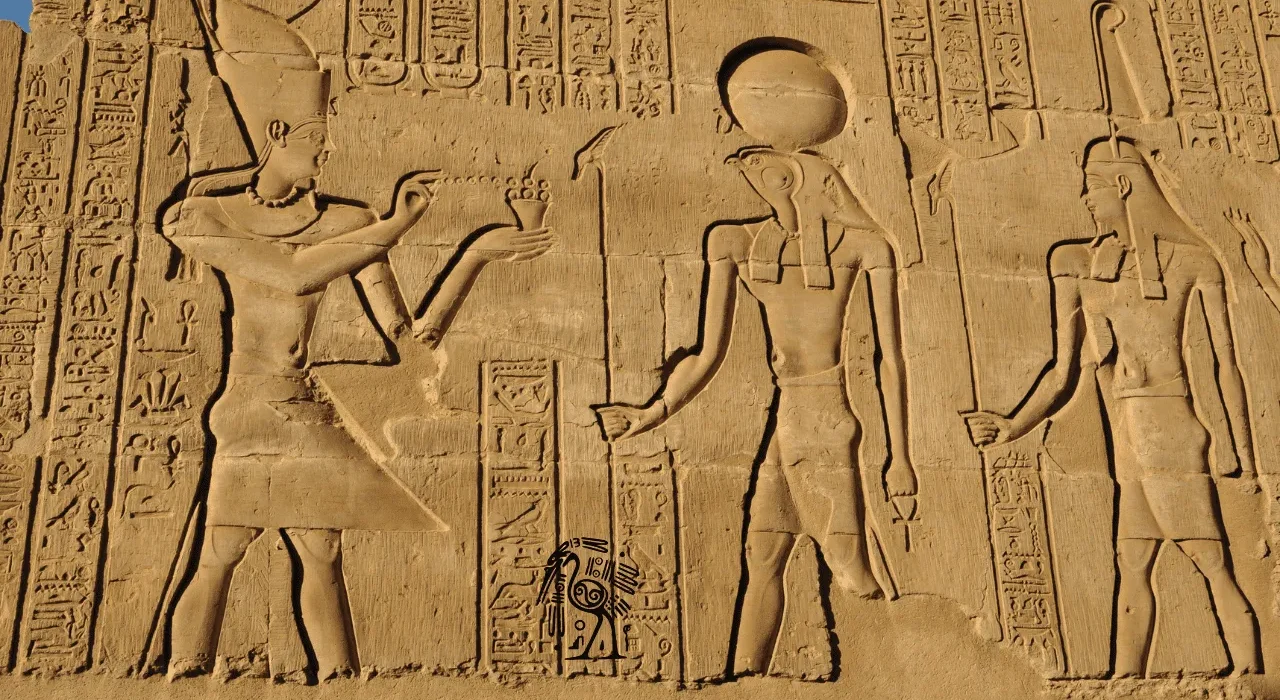Offering a peek into the religions, ideology, and creativity of early societies, ancient artz has a unique place in human history. From the complex carvings of Mesopotamia to the amazing frescoes of Pompeii, ancient art mirrors the cultural and religious values of its age. The amazing realm of ancient art, its development, and its lasting effect on contemporary creativity will be covered in this blog. This trip through time will inspire you, whether you enjoy art or you’re a history enthusiast.
Sometimes from earlier societies such as those of Egypt, Greece, and Rome, ancient art denotes creative output. Common subjects in these pieces—paintings, sculptures, and pottery—were religious, cultural, and daily life themes. For its historical worth and impact on present artistic traditions, ancient art still matters.
What exactly is ancient artz and why does it matter?
Early civilization’s creative works span ancient art, therefore offering a glimpse into their world. It matters since it honors human expression, culture, and history. Ancient art narrates tales of survival, spirituality, and cultural norms—from cave paintings to great sculptures. Understanding it keeps us grateful for the common experiences that tie us across time and for the origins of human creativity.
Through art, how did ancient peoples express themselves?
Art helped ancient societies express their daily life, customs, and values. Hieroglyphics and monuments were made by Egyptians to celebrate their gods and rulers. In honor of beauty and power, Greeks carved idealized human figures. Romans crafted imposing buildings to show their power. Art from every society shows their distinctive identity and values, therefore giving knowledge into their worldviews.
What are some of the most well-known ancient artworks?
Among the most famous examples are the Parthenon sculptures, the cave paintings of Lascaux, and the Egyptian pyramids. China’s Terracotta Army and Pompeii’s mosaics also stand prominence. These works of genius reveal the talent and vision of early artists, therefore leaving a long-lasting heritage still fascinating present spectators.
How has modern creativity been inspired by ancient artwork?
From Renaissance painters to modern sculptors, ancient art has sparked many present-day creators. Many times, its symbolism, approaches, and themes are seen in fresh lights. For instance, whereas modern design includes Egypt motifs, classical Greek ratios still feature in figure drawing. Ancient art serves to remind us of the timeless and international nature of creativity.
A cache of human history, ancient art gives clues into the beliefs and lifestyles of early societies. These works, ranging from the Sophistic Greece to the sophisticated carvings of Mesopotamia, show the cultural and religious values of their time. Ancient artists as well display amazing talent and creativity; they used simple materials to produce timeless works. Ancient art still inspires contemporary artists; this shows the universal nature of the human need to connect and communicate via art. Whether you are going through a museum or learning history, ancient art asks you to see the wisdom and beauty of the years gone by.
Conclusion
More than just a group of old pieces, ancient art is evidence of human resilience and imagination. From the pyramids of Egypt to the statues of Greece, these works narrate tales of faith, strength, and daily life. Studying ancient art helps us to better grasp our common past and the universal language of creativity. Let’s keep drawing inspiration from these eternal masterpieces as we go along to guarantee their heritage survives in our contemporary society.
Frequently Asked Questions:
Oldest known ancient artz is what?
Among the earliest known ancient art are cave paintings like those discovered in Lascaux, France, and the Sulawesi caves of Indonesia. Dating back over 40,000 years, these pieces show animals and human hands, giving us a snapshot of early human existence.
2. Why is ancient art important today?
Ancient art is valuable since it conserves the history, customs, and beliefs of earlier societies. It gives us a basis for contemporary lifestyle and art by revealing human life and ideas, as well as how people expressed themselves.
3. Old artists employed what kind of materials?
Materials including stone, clay, wood, and organic paints were employed by some artist from earlier times. For sculptures, Egyptians used gold and limestone; Greeks used marble. Frequently from plants and minerals came pigments.
read more about billionaires







